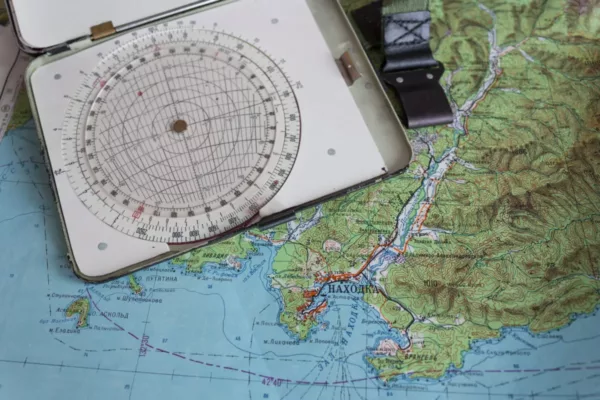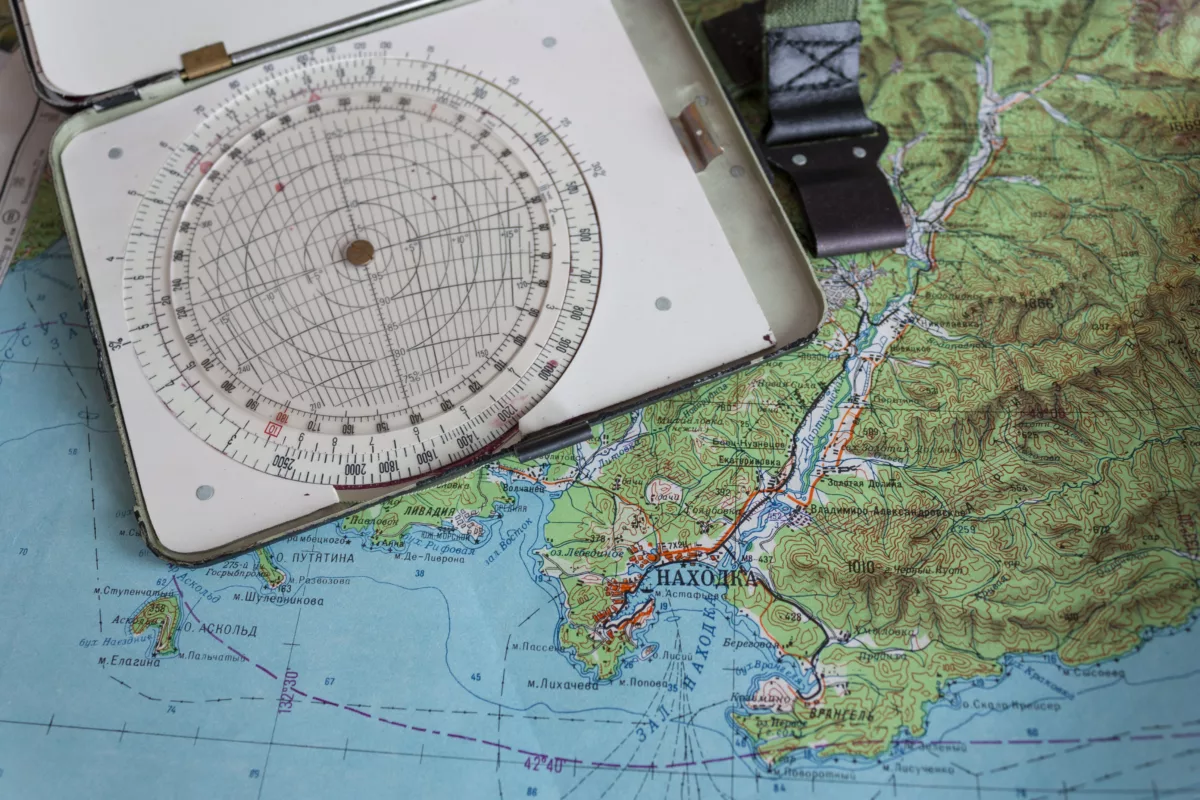Because of its use in navigation, the GPS system is the most familiar to most people. But there is a lot more hidden behind this technology. In order to achieve high positioning accuracy, it is important that the conditions are right. Because GPS is no longer just used for navigation or determining a single position , a measurement offers much more information. In addition to the position, speed and movement history can be specified. GPS trackers are therefore increasingly being used in industry and logistics, but tracking and navigation devices are also used in private households .
Application and accuracy of CEP
An important aspect is the so-called CEP, the circular error probable, translated as the scattering radius and describes the circular normal distribution of a circle in which 50 percent of all measured values lie. This information describes the accuracy of a system and is considered a relevant measure. The measurement results are primarily used to describe the accuracy of a weapon system with unguided ammunition. Around 50 percent of the measurements are always in the innermost circle , the rest is distributed outside.

CEP can be derived mathematically using a formula. Various information is required to derive the actual calculation, including the radius, the random vector of the impact coordinates, the transposition of a vector and the calculation of the probability that the impact lies within the circle.
Any errors from CEP
For example, if the value R50 is used, the probability that the measurement is within the selected radius is around 50% for a simple radius. The double radius enables an accuracy of around 95 percent probability that the measured values are exactly in the selected area. In order to improve the location accuracy of this measurement, a combination with other navigation systems can take place.


